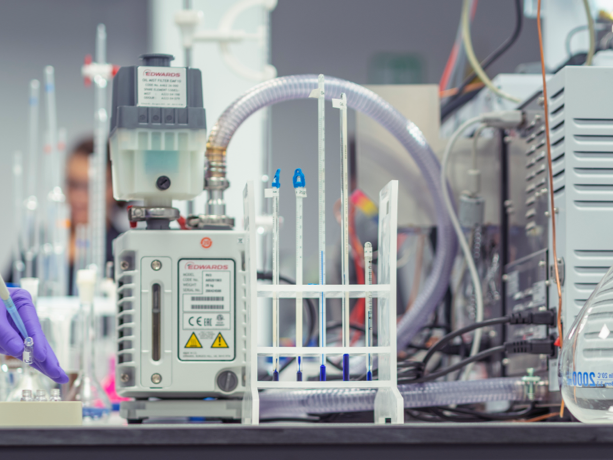Google’s DeepMind AI Tool Makes Material Science Breakthrough

Read any form of news media these days and artificial intelligence (AI) seems to be transforming everything it touches. And it appears that the world of material science is no exception as it has been revealed that a tool powered by Google’s DeepMind AI has achieved “an order-of-magnitude expansion in stable materials known to humanity”.
The tool, known as GNoME (Graph Networks for Materials Exploration) utilises deep learning to dramatically increase the speed and efficiency of discovery by predicting the stability of new materials.
The work of GNoME has been published in Nature where the team claim that the AI-powered tool has ‘discovered 2.2 million new crystals - the equivalent of nearly 800 years’ worth of knowledge’.
Of the 2.2 million new crystals discovered by GNoME approximately 380,000 are particularly stable, meaning they could be good candidates for experimental synthesis. Potential use cases for these materials include superconductors and next-generation batteries.
Of these materials, external researchers have independently created 736 of them, validating GNoME’s new discoveries.
Traditionally, scientists would search for new crystal structures by tweaking known crystals or experimenting with new combinations of elements. However, this would typically be an involved, expensive and time-consuming process.
In recent years, efforts have been made to improve materials discovery by utilising computational approaches; the most notable of these being the Materials Project. Over the past 10 years this project has helped to discover over 28,000 new materials.
Now, using a state-of-the-art graph neural network (GNN) model, GNoME could be ushering in a bright future of near-endless material innovation.
In a further development, the GNoME team has been collaborating with Berkeley Lab researchers to create a robotic lab that could rapidly make new materials with automated synthesis techniques. This could accelerate the development of new materials further still.
You can read more about GNoME’s material science breakthrough here.
Materials testing and innovation
If you’re looking for a laboratory that can test and identify materials, then you’ve just found it.
The Lab is able to carry out a wealth of materials testing procedures, including preparation and sectioning, metallurgical investigation, failure investigation, chemical and mechanical material identification and harness testing and more.
Explore The Lab’s material testing services today
For more insights, news and information, explore The Lab’s News and Knowledge Hub…
Scientists Discover ‘Superhydrophobic’ Surfaces | Scientists Uncover New Way to Make Polymers Stronger | Researchers Observe ‘Self-Healing’ Metals
- Author
- Caroline Young
- Date
- 14/12/2023
